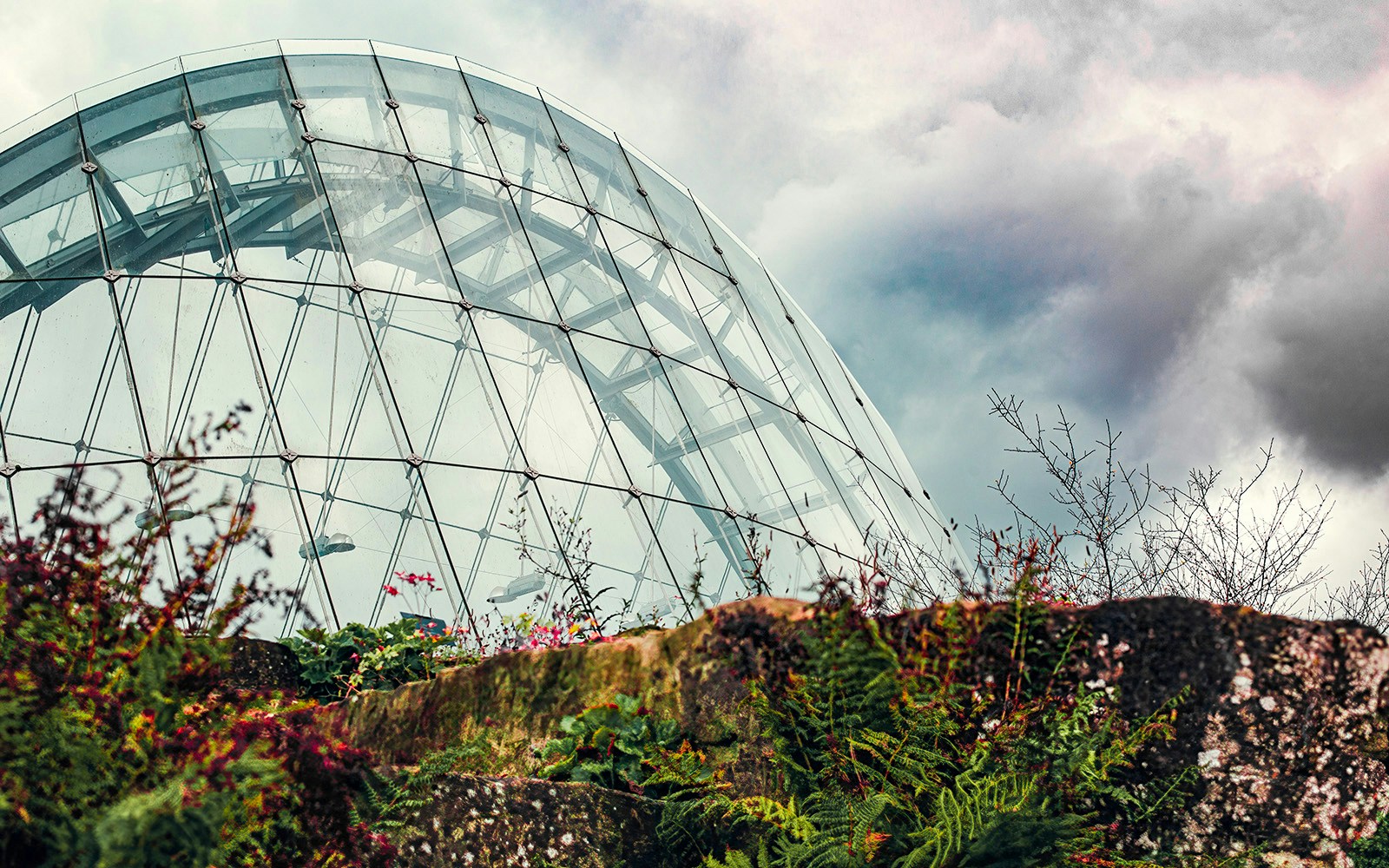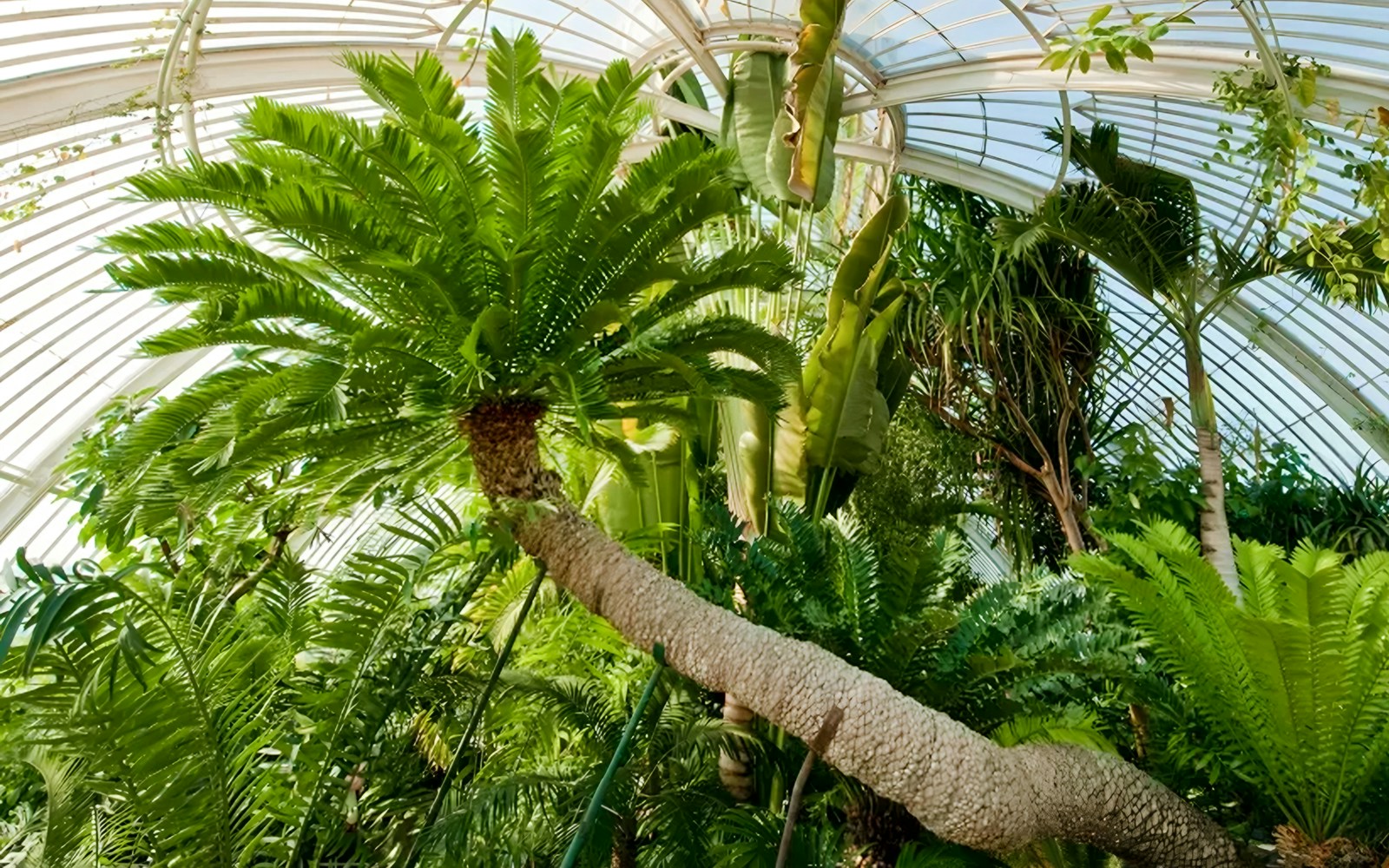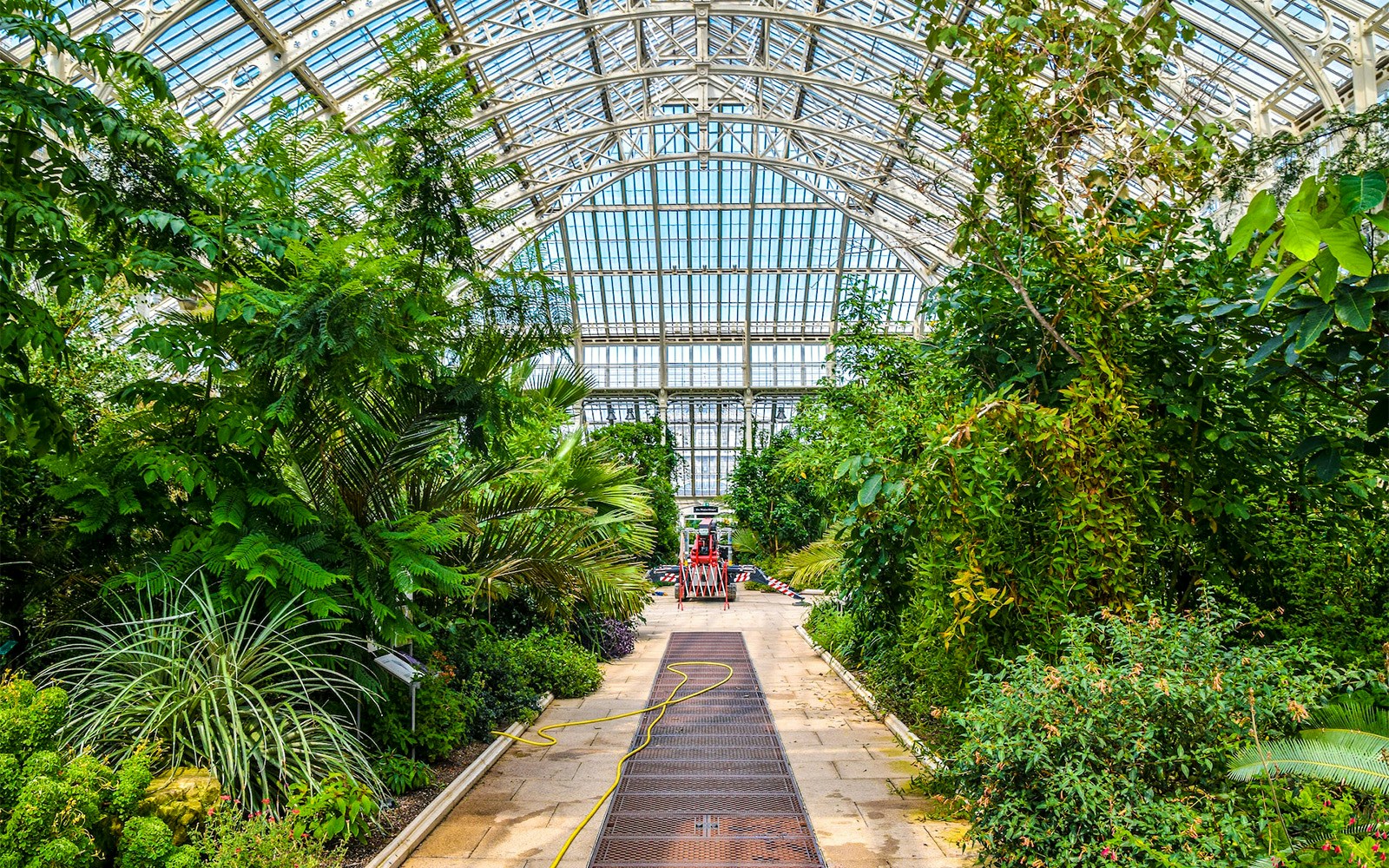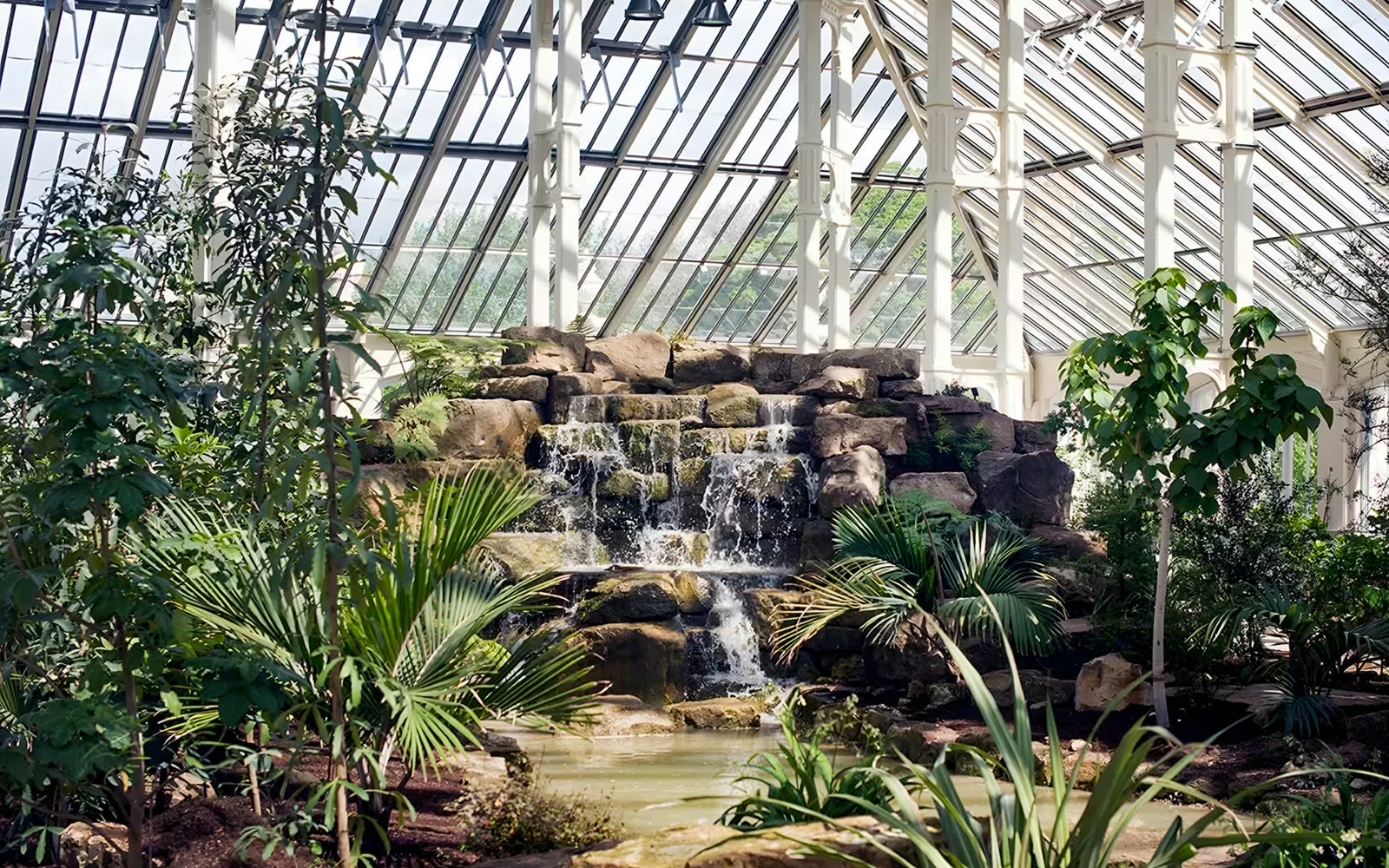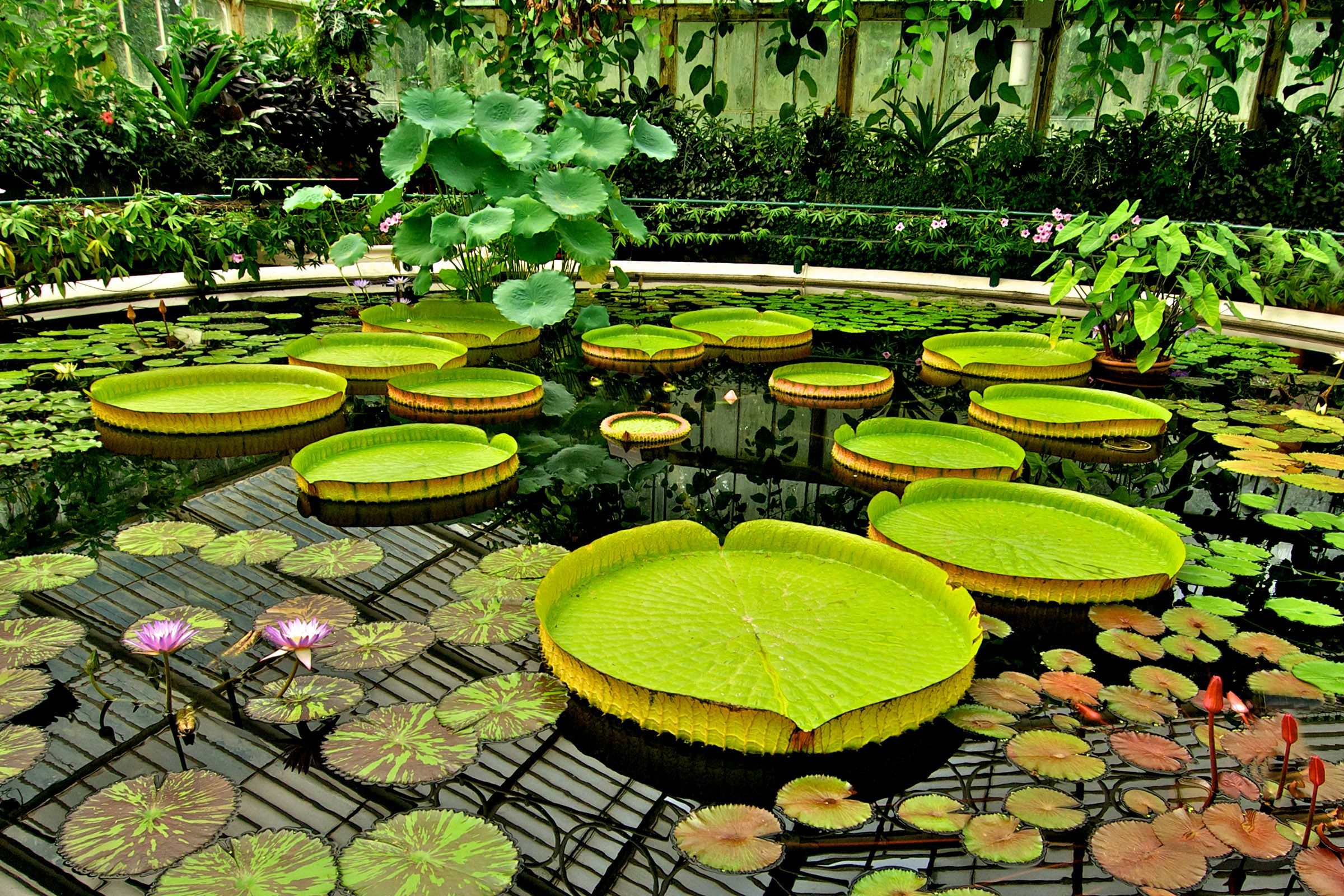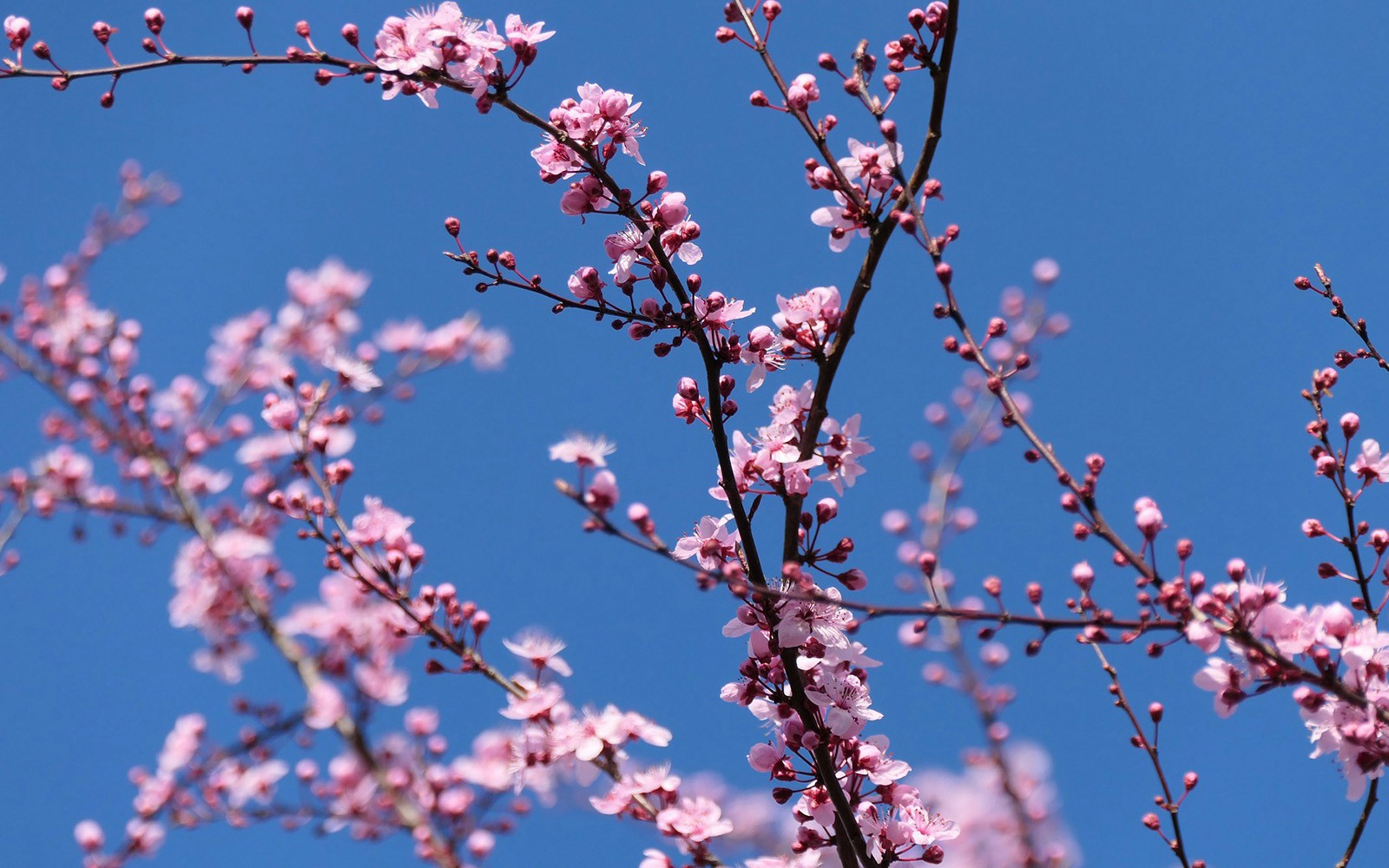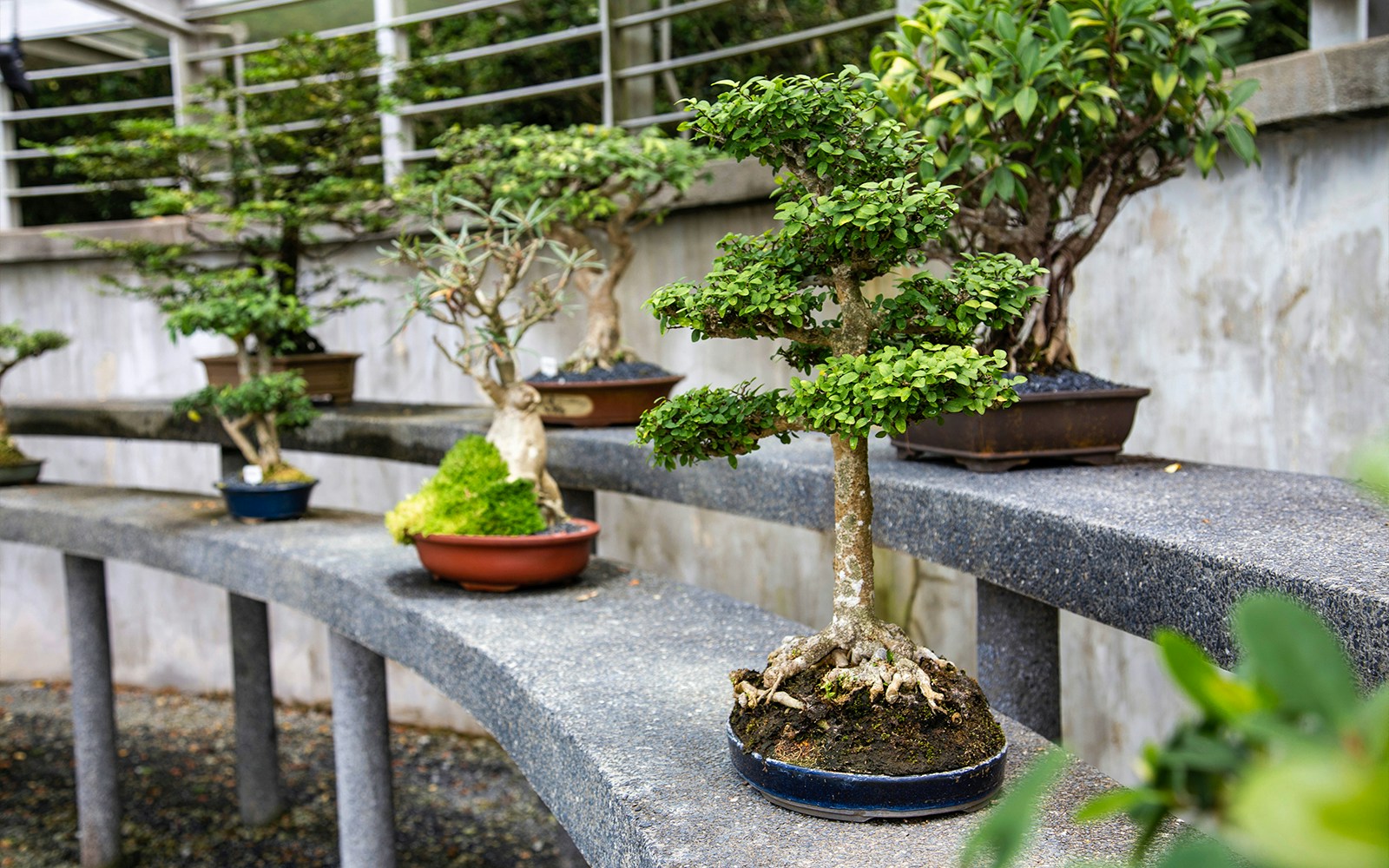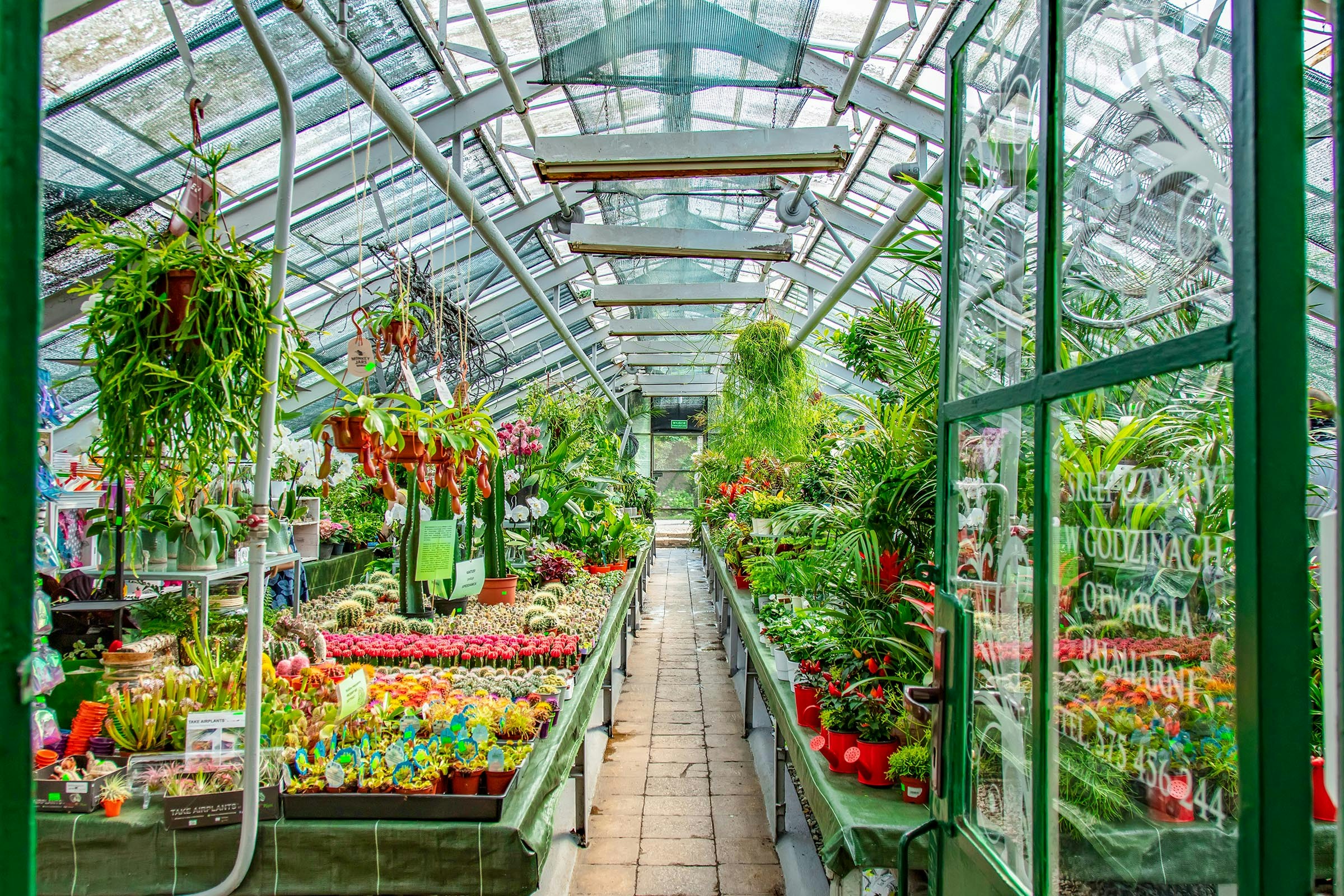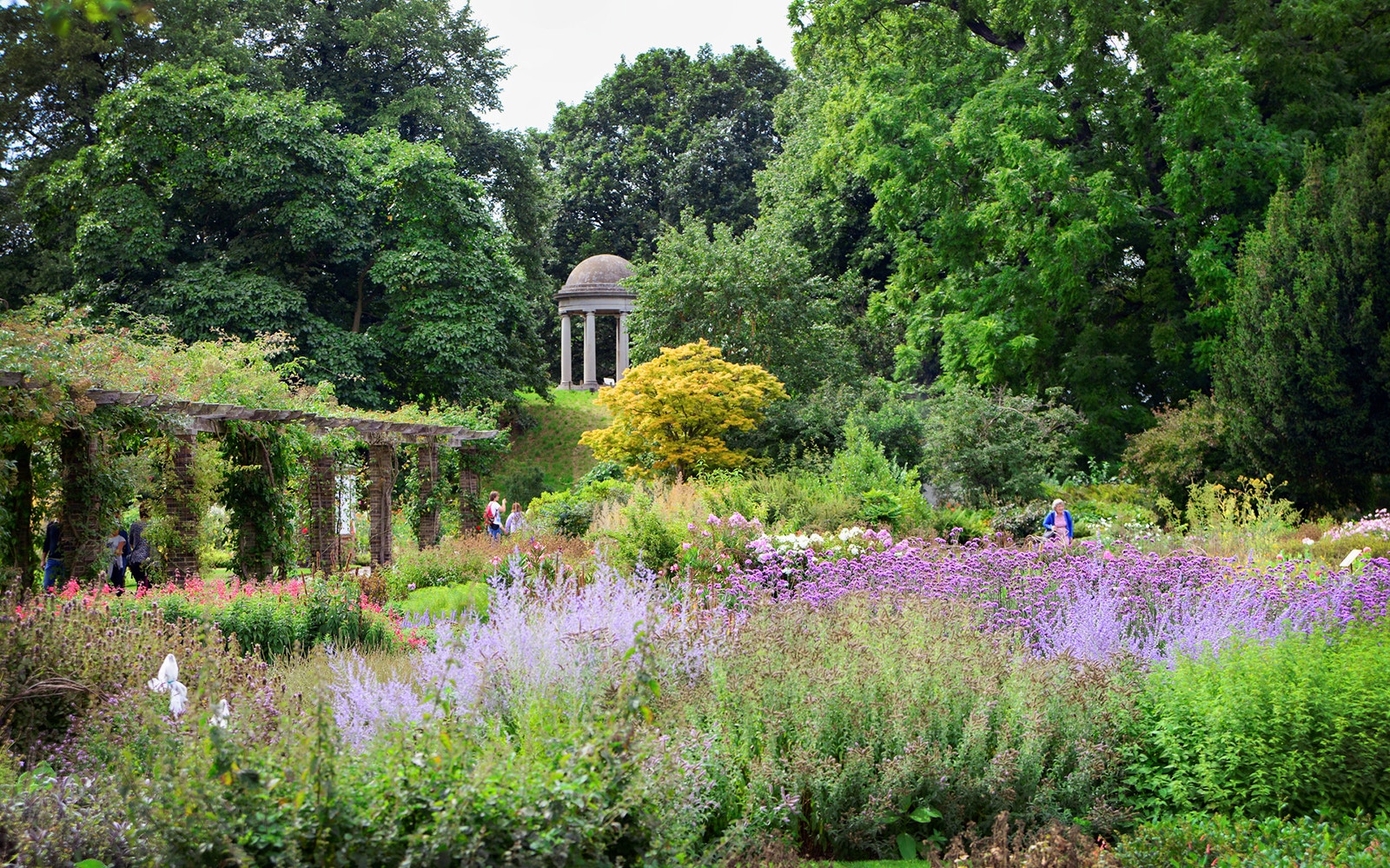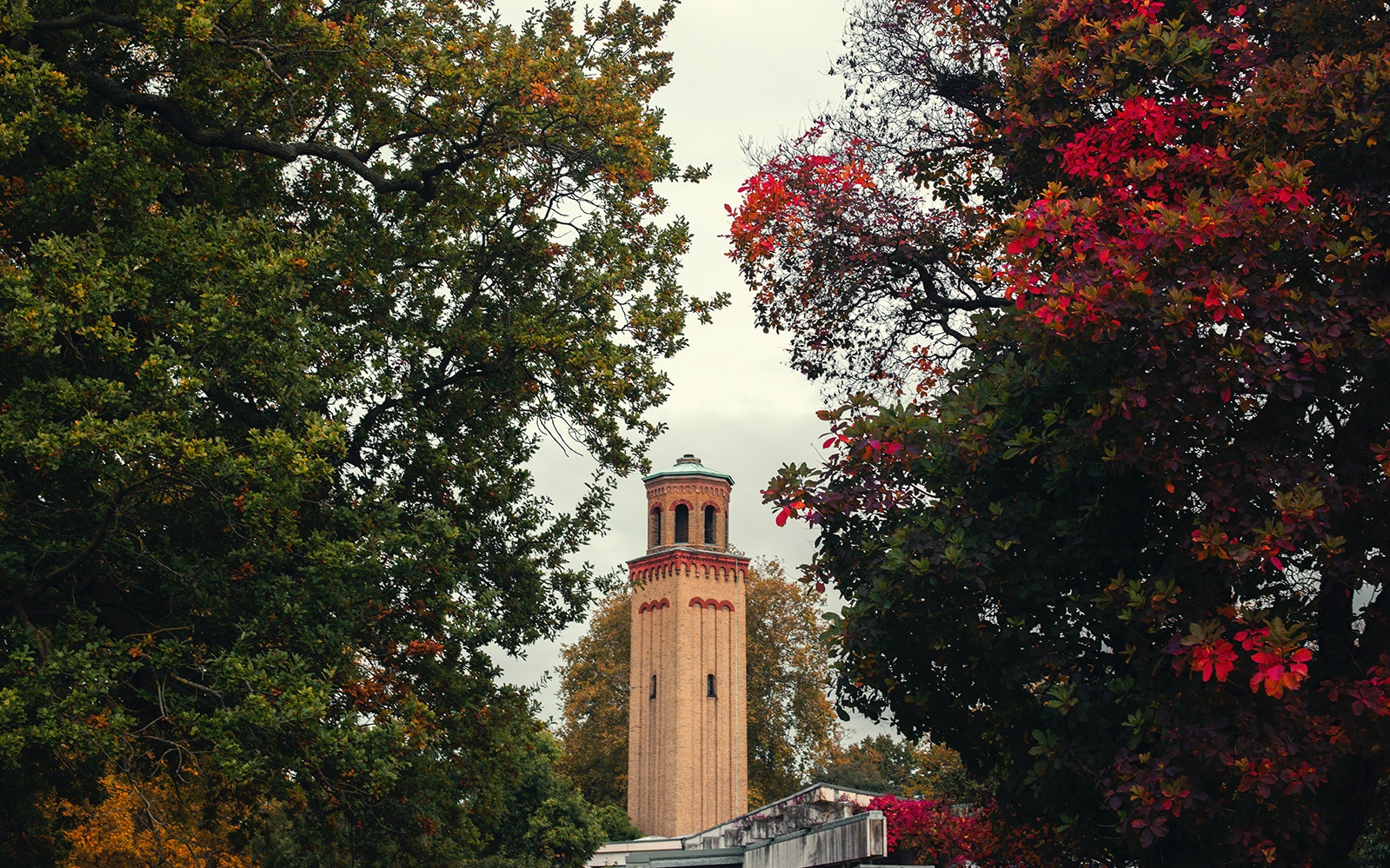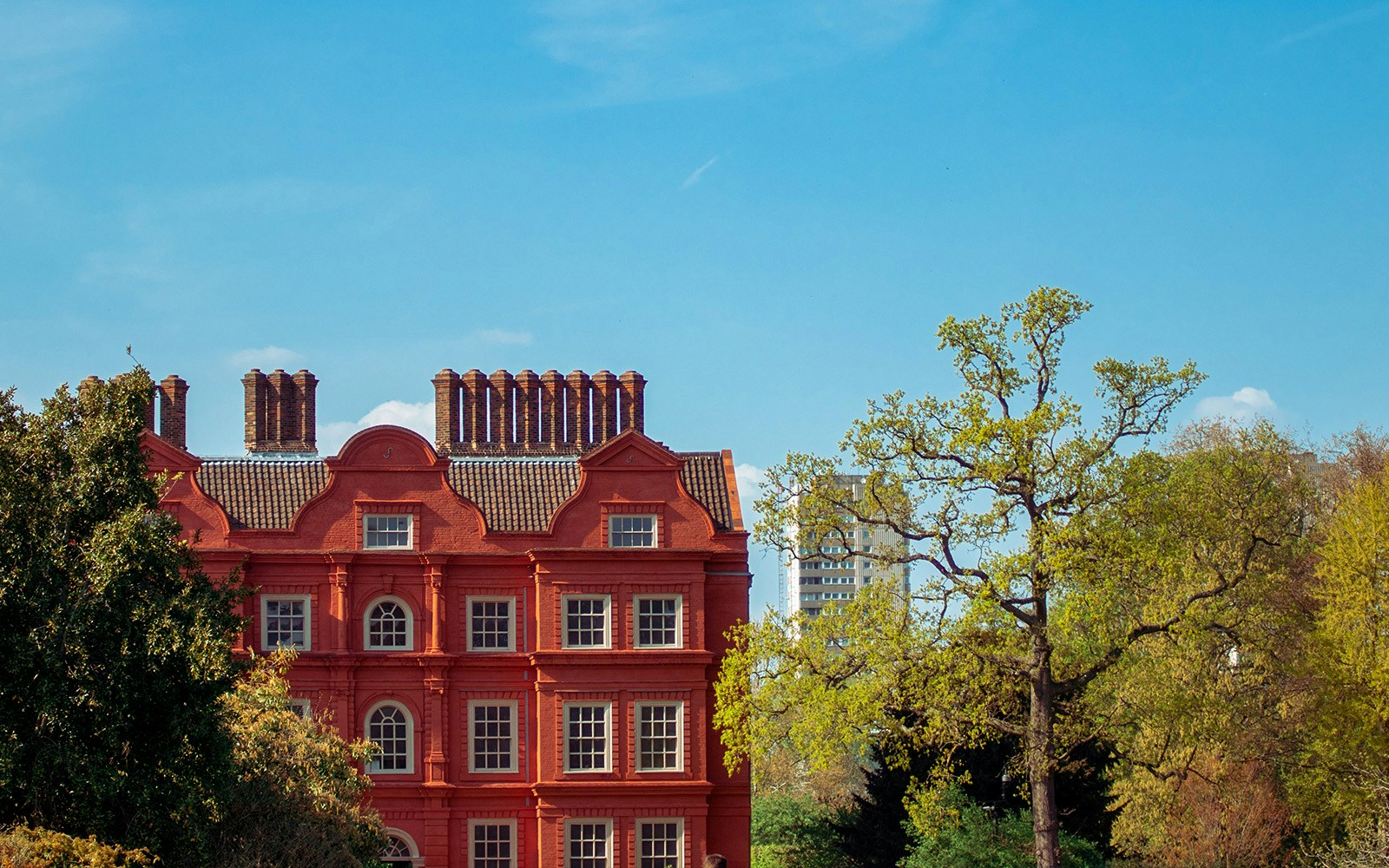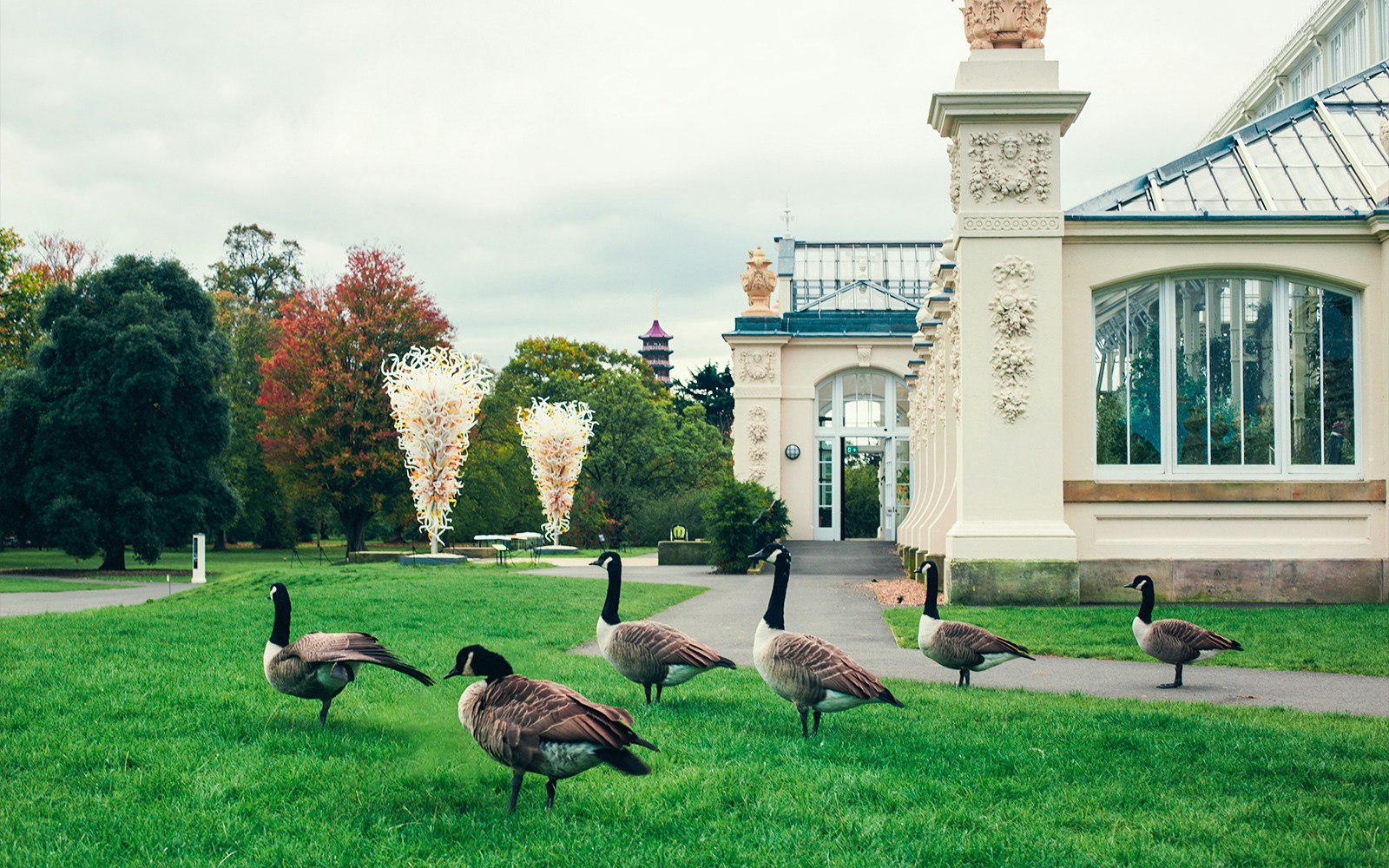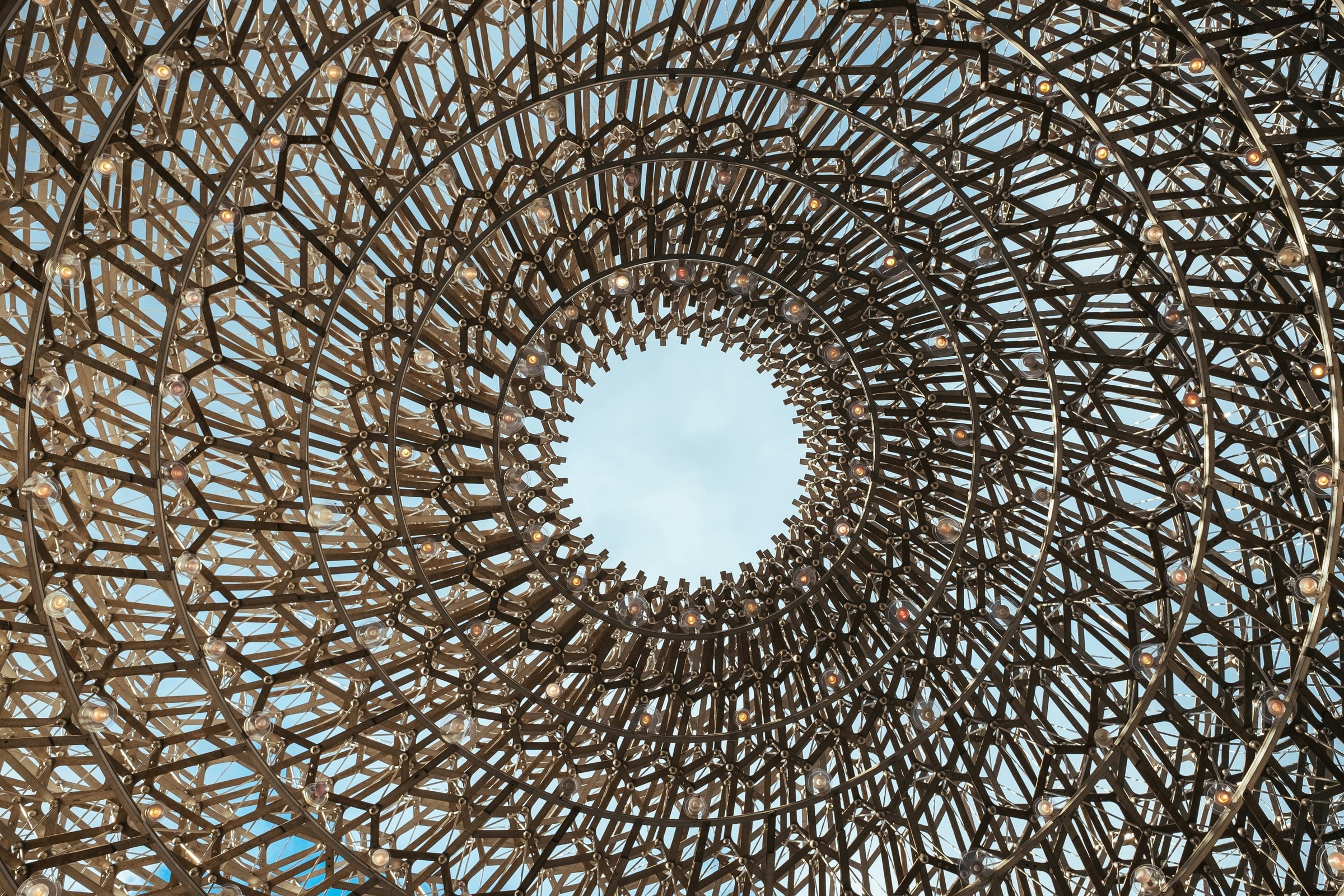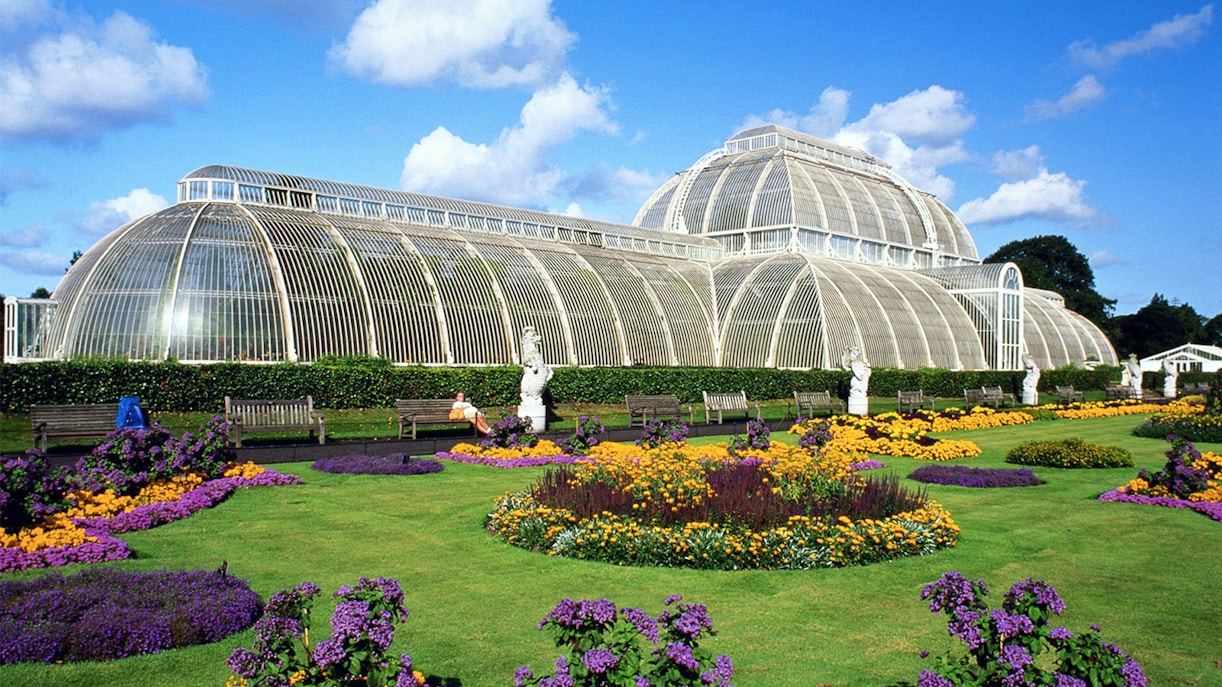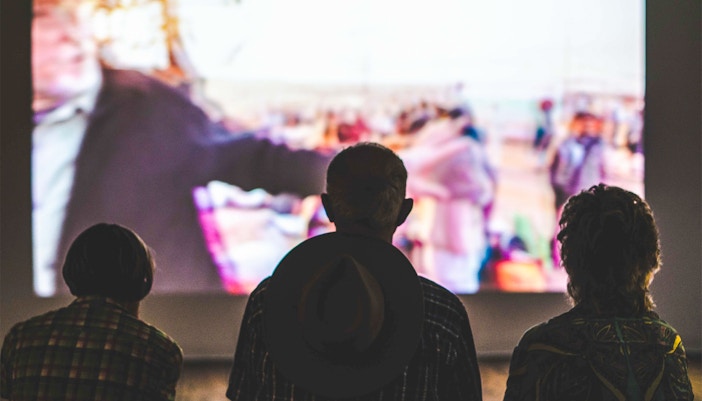Opening hours:
- 1 April 2025 to 30 April 2025: 10am to 7pm, everyday
- 1 May 2025 to 31 August 2025: 10am to 7pm (weekdays) and 10am to 8pm (weekend)
- 1 September 2025 to 30 September 2025: 10am to 7pm, everyday
- 1 October 2025 to 25 October 2025: 10am to 6pm, everyday
- 26 October 2025 to 12 November 2025: 10am to 5pm, everyday
- 13 November 2025 to 4 January 2026: 10am to 3.15pm, everyday
- 5 January 2026 to 31 January 2026: 10am to 4pm, everyday
- 1 February 2026 to 28 February 2026: 10am to 5pm, everyday
- 1 March 2026 to 31 March 2026: 10am to 6pm, everyday
Last entry: 1 hour before the closing time
Best times to visit: It depends on what you love—spring for cherry blossoms, autumn for golden leaves, or winter for festive lights. Weekday mornings or late afternoons are ideal for fewer crowds and great photos.
